Table of Contents[Hide][Show]
There is a seemingly infinite possibility when cracking open a brand new notebook.
The smell of the paper and how the ink glides on it when you write your name on the first page makes it feel like magic.
This one will change everything.
Finally, this will turn things around. You’ll become the best, most organised person ever.
You’ll have a proper schedule with good-for-you habits and remember everything every time and all will be well.
That’s a lot of pressure to put on a chunk of paper sandwiched between two covers.
But for many of us ADHDers, the siren song of a new diary, planner or notebook is irresistible.
The honeymoon period is wonderful. Tasks lists are growing, you might even add some doodles and stickers to make it cute, like the planner videos you see on YouTube.
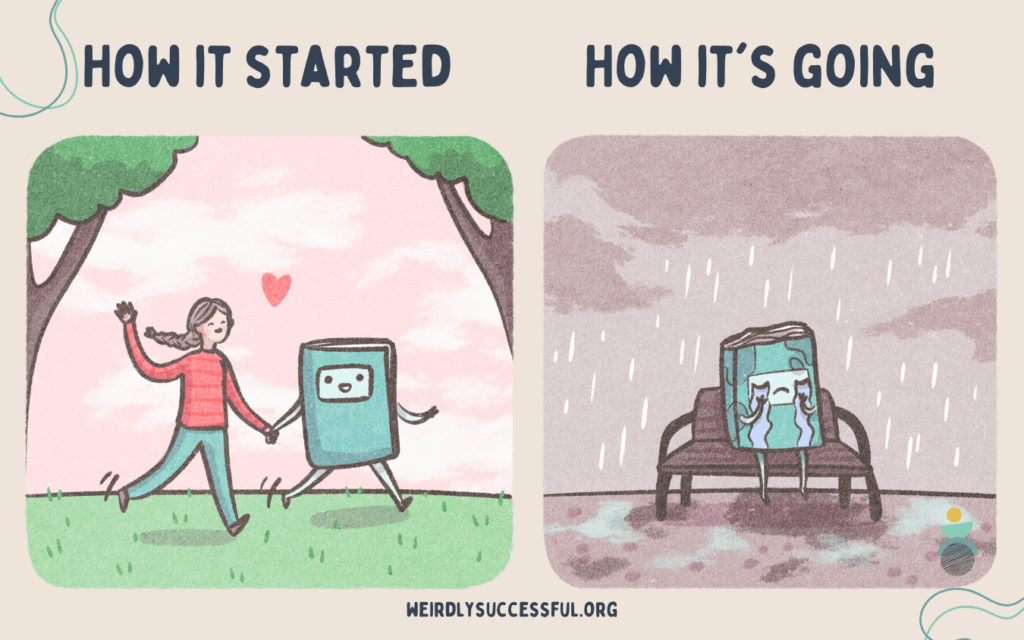
Then one day you stop opening it. And you think, oh well, it’s just one day, I was so busy, no big deal. I’ll pick it up tomorrow.
Then another day passes, and another day, and suddenly your planner is sitting all alone under some doom pile of other “I’ll get to this soon” papers and post-its and abandoned projects.
With just a couple of written pages, these planners are mostly empty.
Unused potential, unfinished goals, undreamed dreams.
It feels deflating.
Why couldn’t you stick to it? There is surely something wrong with you.
You just need to try harder, be more disciplined and consistent and you’ll make it work.
Just set your mind to it and push through.
There’s always next time.
Then comes another new notebook, another new system.
You crack open a brand-new notebook, and can feel the possibility in your bones…
Except it doesn’t work like that.

“Why don’t you just use a planner?”
One of the most common pieces of advice for people with ADHD is ‘just use a planner’. I’ve been using planners and notebooks since the age of 10, and as a neurodivergent person, let me tell you one thing: this advice, on its own, is bullshit.

Hi! I’m Livia, I’m 39 years old, and I use stickers, brush pens and washi tape in my planner to manage my work-life chaos. And I know a lot about planners.
So for once and for all, I’ll absolve you of the pressure you feel when you look at your unopened, unfinished, abandoned notebooks.
It’s okay. You didn’t disappoint anyone.
You are not the problem. The advice is.
Because in my eyes, ‘just use a planner’ is as broad and unhelpful advice as ‘just read a book’.
People who brush over time and task management challenges with ‘oh, just use a planner’ never use specifics. They act as if using a planner, having systems set up to use said planner, or the benefits of said planner are somehow universally understood.
Everyone knows how to manage their time!
Neurotypical people, all. the. time.
Everyone has the capability to plan! That’s easy!
If it’s important to you, you’ll find the time.
Just use a planner!! Just do it!!!
Just shut the hell up and be more specific, please!
Why all planners are not the same
Planners come in all shapes and sizes, and time management is a deeply personal topic. What is logical and innate to you might not be for someone else, so there is not one single system or setup that will work for everybody.
executive dysfunction
Executive functions are essential, they help us make plans, stay organized, pay attention, and keep our emotions in check. It plays a big role in making decisions and adapting to new situations.
Executive dysfunction can happen when these processes have a difference or impairment that affects everyday life.
Because, newsflash, we are not all the same.
ADHDers struggle with executive functions. But this is also true to most neurodivergent people, like autistics. This affects our relationship with planning and time management. No wonder not everything works for everyone!
Some planners work better for people who thrive with empty pages. It gives them the freedom to arrange their notes and days every day in a different way.
Many people like the structure of a printed planner. If there are separate boxes for todos and notes, it guides them through the day. The weekly spread gives them an overview of a temporal unit; it’s easier to recall specific information by page number or colour code or relative position to other information
And a big group of people like a customizable mix of different layouts and features.
And this is just paper planners! Digital calendars and task management systems also have advantages, of course. They are great for people who need nudges and reminders on the go or prefer using their phone to capture ideas and tasks.
See, this is why when I hear “just use a planner”, I start screeching like an annoyed pteranodon. BUT WHIIIICH ONNNNNEEEEEE.
Which planner is best for ADHD?
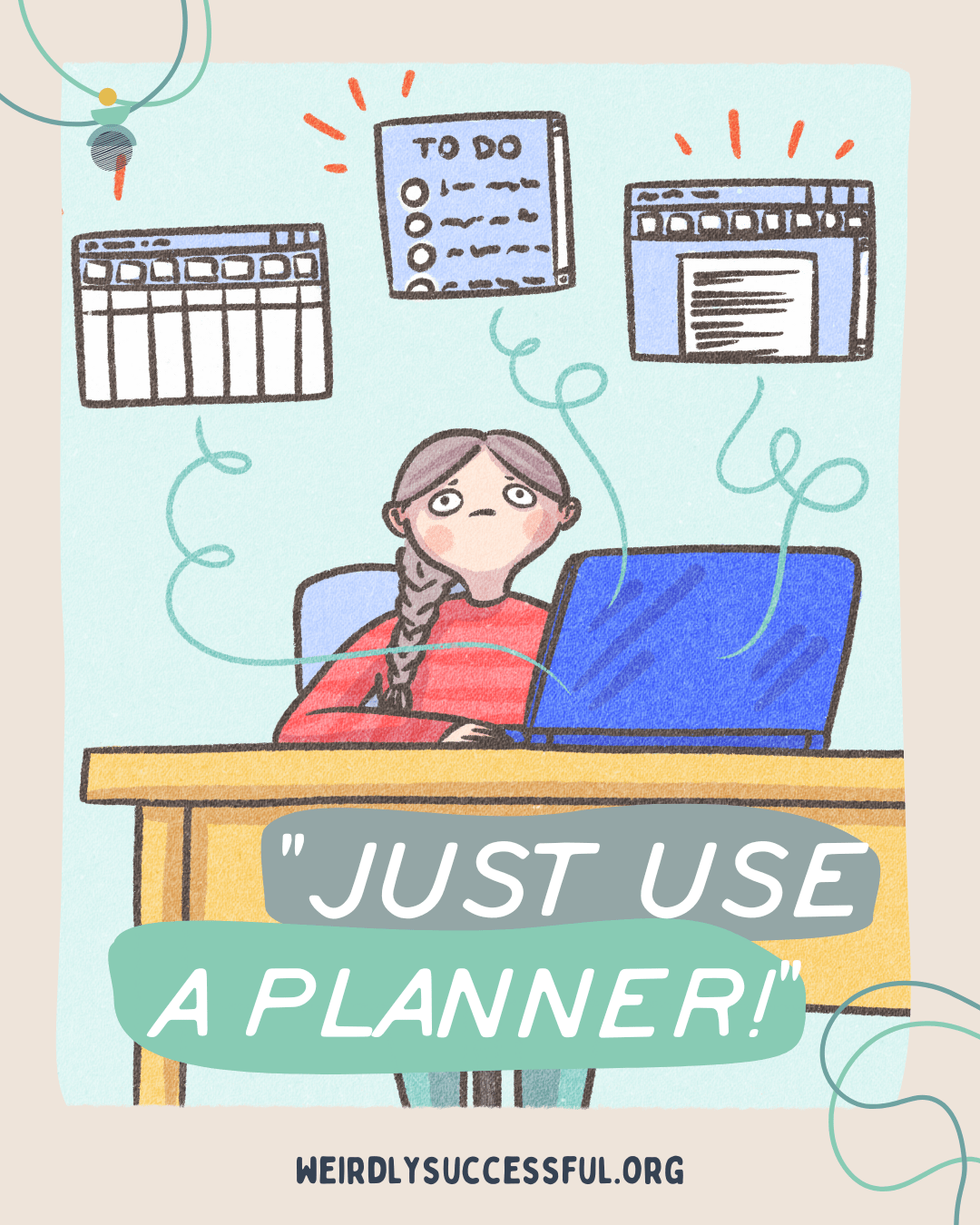
Using a planner, just any planner is not enough.
The best planner you can have is the one you’ll use.
And the one you’ll actually use is the one that fits your specific needs and priorities.
Finding the right one, and figuring out what use it has for you in your life is way more important than just simply “writing it down”.
A fair warning: there is no One True Planner
As is often the case for “best practices for neurodivergent struggles”, there’s no one size fits all solution.
So unfortunately, nobody can hand you over the Perfect Time Management System that will solve all your problems, clear your skin, water your plants, mend your favourite socks and stack your fridge with healthy snacks. If someone promises a solution that does everything for absolutely everybody, be suspicious.
People have different lives, different tasks they need to organise, and different preferences when it comes to how and where they like to keep information that’s important to them.
How to find the planner best suited for your needs
As I said, time management is deeply personal, so to find your ideal planner, you have to go on a journey of self-discovery.
But don’t worry, it’s not as daunting as it sounds.
I like to think about it as a treasure hunt where I get to try out new things, keep the ones I like and chuck the rest.
This is essentially what you need to do:
- notice things you like,
- notice things you don’t like,
- and do more of what works.
Once you start to think more systematically about planners and their functions, it will be easier to find ones that work for you.
With experimentation, you’ll soon have a list of dealbreaker features that will help you decide which planners are definitely not for you – saving you time, money and heartache in the process.

What to look for in a planner?
Try thinking of format, weight, tools, grid style, setup, layout, accessibility, and design. For some, you’ll have an immediate answer. Others may need more testing to see how you like them.
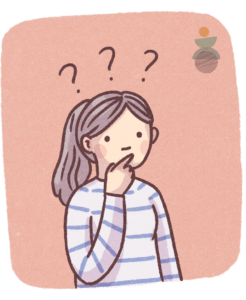
- Do you write writing things down? Or do you need a digital companion that you can rarely forget to take with you?
- Do you like notepads or notebooks?
- Do empty pages in a bullet journal empower you to write outside the lines? Or do they overwhelm you with the possibility of everything?
- If you need some kind of structure, do vertical or horizontal columns make more sense for your brain?
- How many empty pages do you need for your notes and ideas?
- Do you prefer daily, weekly or monthly views for your hub?
- If you use different views, how do you avoid information overlap, and what are the distinct roles of each view?
- What kind of paper do you like best? Think about colour, lines, touch, material, and thickness.
- Do consider your writing tool as well. How does it feel to write with gel ink? Ballpoint? Markers? Does it affect your handwriting? Is your favourite pen scratching or is the ink bleeding through the paper?
- Do you favour black ink over blue? Do you like to use the whole rainbow, highlighters, brush pens and all?
- Do stickers and colours make you happy? How can you incorporate them into your planning?
- Do you prefer clean lines and white space, because you can’t even make sense of your own writing if it’s overpowered by designs and chaos?
Of course, your answers to these questions might change in the future, as your preferences and needs change.
When the time comes to change things up again, the expedition begins anew.
For me, the only thing that is constant is my need to have things written down, but how they best fit my current state of mind is not set in stone.
I keep my system flexible and reserve my right to change my mind and advise you to do the same.
Some top planner picks for ADHD
You can start your planner style discovery quest with a few different planner formats. These are great for experimentation because there is a lot of room for customization and testing out your preferences without committing to a very restrictive system immediately.
Blank journals for experimenting
A basic empty journal lets you experiment with different layouts as often as you need them to.
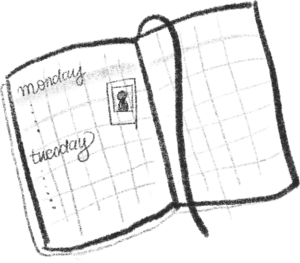
- You don’t necessarily need to get a dot-grid journal for ‘proper’ bullet journaling. Graph paper is fine, too.
- I suggest you stick with one layout for at least a couple of weeks so you gain better insight into what works and what doesn’t.
- Don’t add too many features all at once (habit trackers for 98 things, tasks separated into a million different lists, etc.), start simple, keep what works, chuck what doesn’t.
- Cheaper options often have a thinner paper that holds ink less well, so if you’re sure you’re going to stick with this type of planner, find 120 gsm paper or higher, like these from Archer & Olive. But for experimenting, get the cheapest you can, it’s okay. You can always upgrade later.
Vertical planners for time blockers
If you like a good vertical layout and like time blocking (creating boxes in a timetable to signify events and focus-hours), a timetable-like setup could be a good starting point.
Here are a few things you can try out:
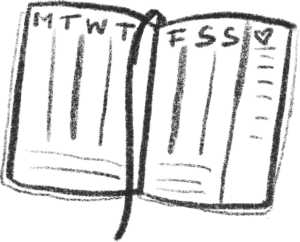
- Try these free downloadable PDFs from Passion Planner with vertical layouts, so you can print a couple and trial them without buying anything.
- These printables also come in multiple sizes, so you can decide on what’s best for you based on the size of your handwriting or handbag – a great thing to check before you buy anything.
- If the thought of abandoning a planner holds you back, undated planners will be your friends. You are free to skip however many weeks or months you need and get back to paper planning right where you left off, without wasting pages.
- If your days are not wall-to-wall booked, you can use empty spaces for journalling or you can fill them with stickers. Passion Planner also create adorable themed sticker books which I love and use a lot.
Horizontal planners for note-takers
If you like to take a lot of notes next to your daily agenda, a hybrid 2-pager setup could be ideal for you. This layout has one page for your week at a glance, and the other page is empty for notes.
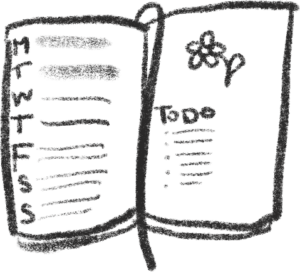
- This setup is best if you want to jot down a few appointments every day and you like to have a lot of space for to-do lists, ideas, drawings and memories.
- You can mix it up every week if you wish to, based on what you need the most.
- Moleskine, Mossery and many other brands have this layout.
Ring binders for people who like to keep everything in one place
This is not your mama’s Filofax! Planners with discs and rings are popular as ever, and the cover options mean you don’t have to have a perm & shoulder pads to find one that suits your style. You can find minimalist, quirky, colourful designs to keep all your precious notes and lists in one handy space.
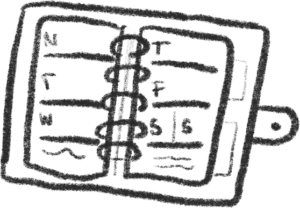
- Ring binders are great for organizing notes and tasks, and if you use blank pages, you can experiment with layouts just as you could in a bullet journal.
- You don’t have to have a daily-weekly-monthly view if you don’t want to, just store your to-do lists and notes – binders can do everything! Create a mix of pages that work for you.
- Adding colourful dividers can help you create sections in your organizer for easy flip-through.
- With just a simple hole-puncher any page can join your planner pages! Create custom layouts, print your own designs, use scrapbook paper, or whatever you fancy.
- Collect important papers in one place. If you punch a hole in an envelope, you can store all the little receipts, post-its or snippets that would otherwise be lost in a doom pile somewhere.
- Keep the pages you need, and toss or archive everything that you’re done with. No need to lug around notes from February in December. And you can add next year’s agenda as early as you need it!
It’s more important to use a notebook than to use it perfectly
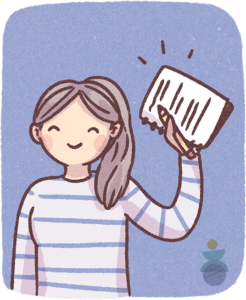
Whatever you end up starting with, remember: you will never, ever ‘ruin’ a notebook, however you use it.
Your notes, ideas, thoughts and memories are important whether they have some artistic value, are aesthetically pleasing or not. It is more important that you have a notebook that supports you in your time management than to have a pretty, unused, empty one.
And even more so, five years from now, it will be more valuable if you have a few pages of casually written memories than if you don’t write anything down because you don’t have time to make it *pretty*. Trust me, I have decades worth of notebooks chock full of cat-scratched memories in between colourful scrapbook pages, and I love them all the same.
Write it down. Make a mark. Perfection be damned.
As you can probably tell by the above, I have a LOT to say about the intentional (and joyful!) use of paper planners, and over the years I’ve developed strategies and systems to make it work for me and others I’ve taught my techniques to. I can assure you, more is coming on this subject. 🙂
I’d love to hear from you!
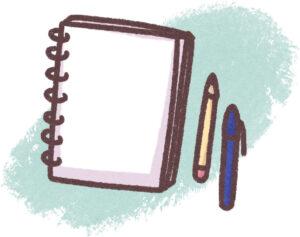
Do you use paper planners? Sticky notes?
Do you also write stuff on your to-do list after you’ve done the task, just to be able to cross it off?
Are you still searching for The One True Planner that will solve everything?
What did you try, what didn’t work?
Let me know in the comments!




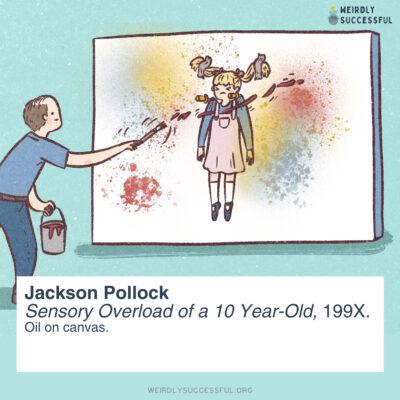
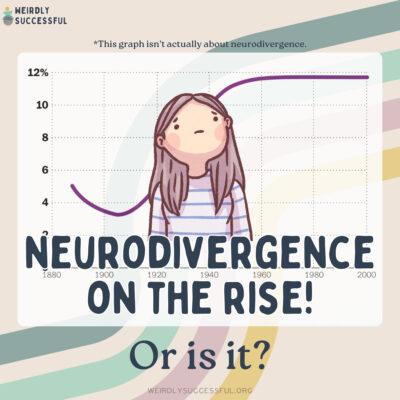
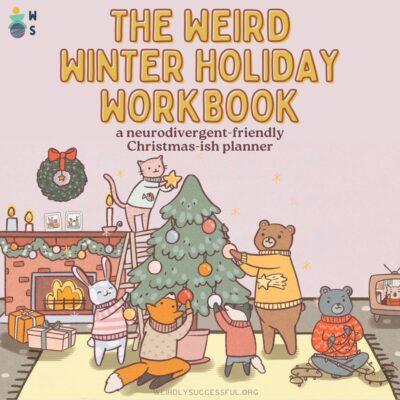
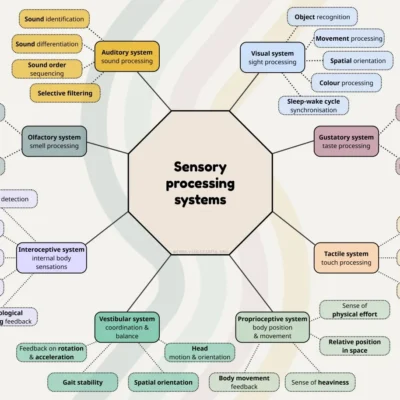

 Hello & welcome!
Hello & welcome!
Leave a Reply